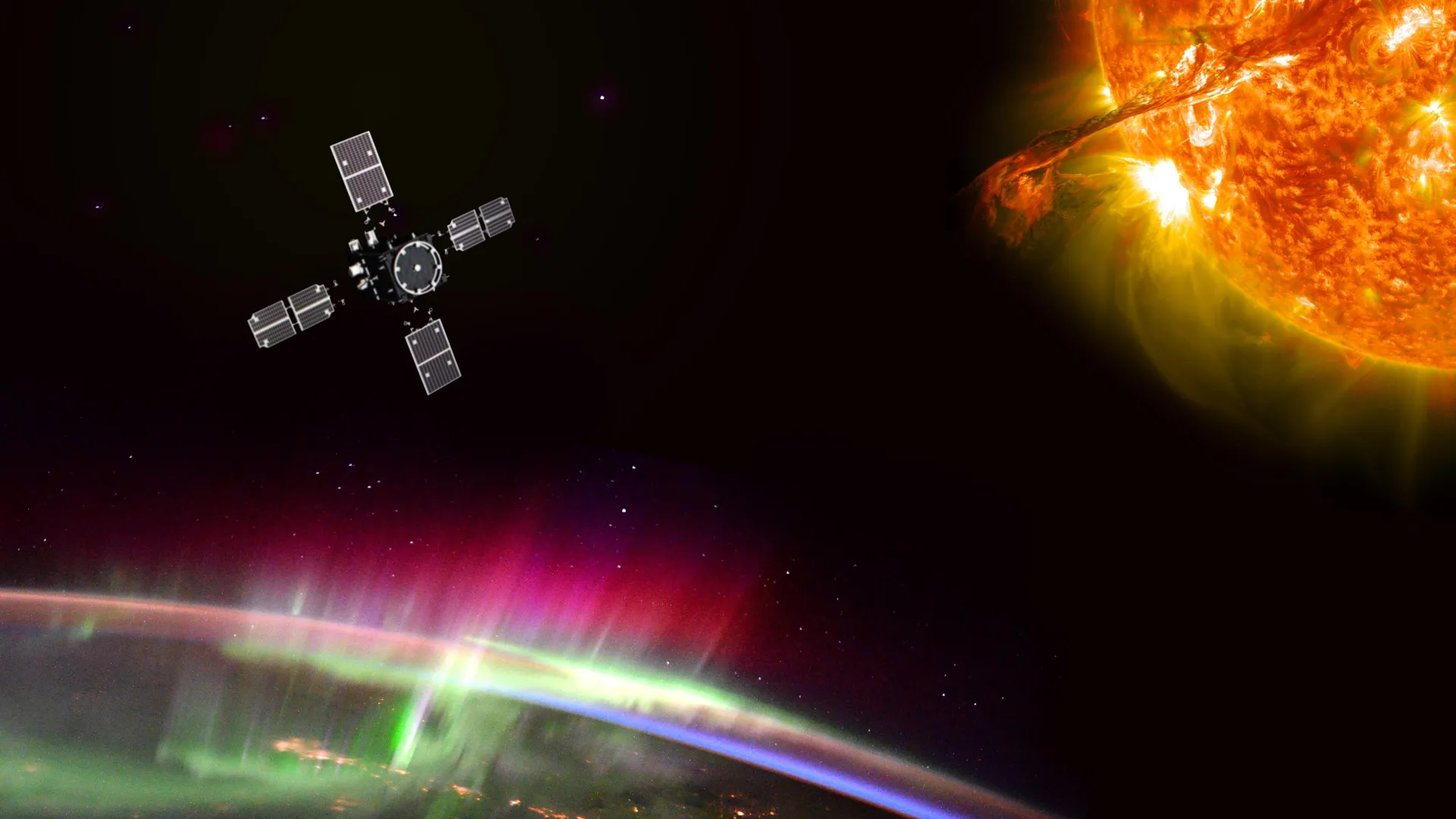Massive Solar Storm Squeezes Earth’s Plasma Shield
In May 2024, our planet faced one of the most powerful solar storms in recent memory. Thanks to the Arase satellite’s perfect timing and position, scientists got a front-row seat to watch Earth’s protective plasmasphere collapse like never before. Normally, this plasma layer acts like an invisible shield, protecting us from space weather. But during this superstorm, the plasmasphere shrank to a tiny fraction of its usual size and took days to recover.
Extreme Space Weather: More Than Just Pretty Auroras
This wasn’t just about gorgeous auroras painting the night sky. The event pushed auroras far beyond their normal boundaries, causing light shows in places that rarely see them. But here’s the kicker: a rare “negative storm” in the ionosphere made Earth’s atmosphere bounce back painfully slow. The aftermath lingered for days.Why should we care? Such extreme solar activity can mess with our satellites, GPS, and even communication systems. Imagine your GPS going haywire just when you need it most—or your favorite streaming service buffering endlessly because a solar storm decided to go wild. This study gives scientists critical new clues on how to protect our tech—and ourselves—from the Sun’s next tantrum.Who knew the Sun could be so dramatic? Maybe next time, let’s just stick to sunbathing on the beach, not weathering its cosmic outbursts.Sources:
Science Daily: Solar Superstorm Gannon crushed Earth’s plasmasphere to a record low